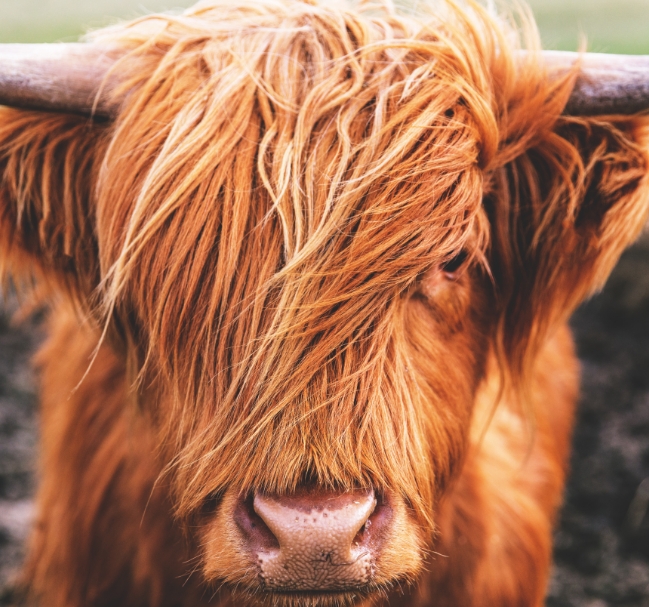Cattle Hair

About
Health never can be underestimated. Comfort, the lack of stress and the need to allow time for recovery are important, for not only human's, but animals too. All three factors also are part of cattle management, so appropriate managerial reactions must be thought through. One concept often overlooked in good cow health is hair.
Cow comfort and stress are related to how a cow or calf is clothed. Many studies have been done on the hair coat, but most are on how cattle survive in hot climates rather than cold. Regardless, hair in cold climates is important.
Notably, in northern climates, we all can appreciate those days when everything is covered with frost. What becomes obvious very quickly are those buildings that have adequate insulation and those that do not. A heated building, with minimal or no insulation, will shed frost quickly because heat loss from the inside prevents frost from gathering on the roof. A quick look at rooftops and one can tell what homes are efficient to heat. The same is true of the beef herd. Healthy cattle will tend to not have frost on their backs, even when the weather gets very cold. A well-fed cow produces a lot of heat, particularly when she is fed high-roughage feedstuffs. However, as the weather gets colder, the frost eventually settles in. Well-insulated cows, just like well insulated homes, will look well frosted. But don't allow your human instincts to worry, the hair protects the body from the devastating cold.
Inside, underneath that winter coat of hair, is a very warm, comfortable cow that really is not stressed at all by the cold outside. She doesn’t need to depend on constant eating. Instead, she eats what she needs and returns to a protected, comfortable spot on the range where she quietly ruminates and waits for the warm days of spring.
We don’t need fancy technology to understand if our cows are comfortable or stressed. The simple things in life often tell us the most and good managers know the signs. How cattle respond to the cold is part of that equation. Cattle that don’t respond need to be watched for and moved to the sale pen so they may be offered to someone who lives in a better- suited environment.
Cows are domestic animals that rely on human caretakers. As caretakers, we need to remain aware of the natural traits livestock have. We tend and keep those traits front and center for our profit and for the benefit, comfort and well-being of the cattle. Hair may not seem like a big deal, but when it comes to nature, it means survival.